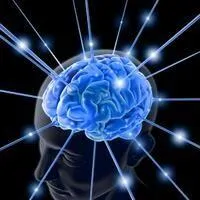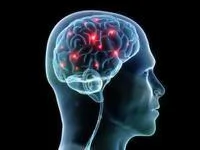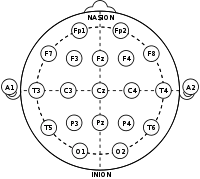
We refer for a comprehensive assessment called the Quantitative Electroencephalography (qEEG) Brain Map interpreted by Licensed Psychologists. This then allows us to view your overall brain's functioning, communication, and activity. The qEEG report is analyzed and we are provided with computed statistics and maps of your current underlying functioning. It allows us to tailor our Anxiety related Neurofeedback treatment protocols at a more specific and targeted level to meet your individual needs to begin addressing your presenting anxiety tirggered symptoms. It is efficient, elaborate and effective.
It is not used here for diagnosis or for the treatment of medical issues.
* clients should consult with their doctors before discontinuing any prescription medication.
The electroencephalograph (EEG) has been studied and applied since the early 20 th century as a way of looking at the electrical functioning of the brain. Billions of neurons in the cortex, which are also influenced by structures that are deeper beneath the cortex, produce electrical activity that is readable by attaching sensors to the scalp. Because of the skull, the impulses are very faint at the level of the scalp. The electroencephalograph amplifies those faint impulses so they may be viewed by the human eye.
Once the brainwave recording is cleaned up, it is put through a number of analyses by the computer, and the result is a collection of measurements. A number of variables of brain functioning are calculated and compared to a database comprised of a collection of measurements taken from people who are free of difficulties, injury, and disease. Scientists have created such databases to enable the comparison of one individual’s brain functioning to a group of others of the same age and gender. In this way, an individual’s brain may be evaluated in terms of how much its functioning departs from "normal" or "optimal." These variables of functioning and the degree to which they are higher or lower than optimal are of interest in assessing the strengths and weaknesses of an individual’s brain functioning.
The BRAIN MAP (qEEG) analyzes all of the 10/20 International Placement Sites (see attached diagram), statistically. It then compares your readings to a ‘normative’ data base for gender and age. It isolates where there is diversion from most to least; then the software program used will generate a protocol recommendation for each unique client. A trained qEEG Specialist then reviews these results from the Psychologist, in collaboration with the supervising Board Certified Neurofeedback Practitioner. The clients’ personal and health history, symptoms and other factors are then considered. A final protocol is then chosen for the client’s EEG training.

An Informed Consent Form and complete instructions are furnished prior to testing.
